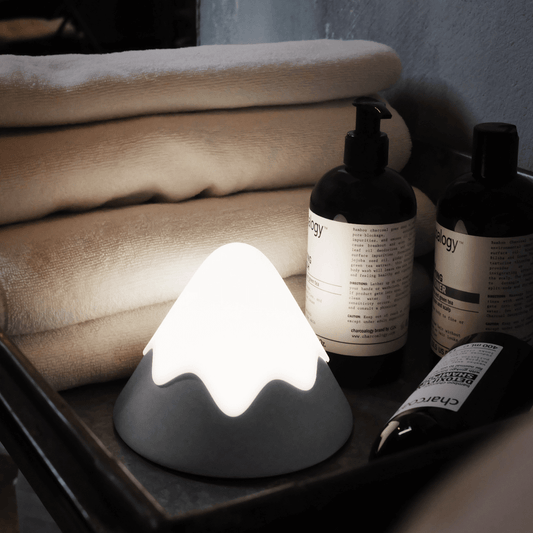If you're an Australian, chances are you know a thing or two about doonas aka quilts or duvet's to the rest of the world. But what exactly does it mean when we see GSM in quilts, and why is it so important? In this blog post, we'll take a closer look at the origins of GSM, how it's used in quilts, and what else people ask about GSM in Australia. So let's get started!

What is GSM?
Grams per square meter (GSM) is a unit of measurement that quiltmakers use to determine the weight and thickness of their fabric. Fabric with a higher GSM will be thicker and heavier than fabric with a lower GSM.
The first recorded use of the term "GMS" was in 1876, when an Englishman named Sir George Baines decided to standardise the way that fabrics were measured. He came up with the idea of measuring the number of grams per square metre (thus, "GMS"), which could then be used to compare different fabrics.
Why is GSM important?
If you're picky about your quilts, knowing the GSM is important because it will help you choose the right fabric for your needs. For example, if you want a lightweight quilt for summertime, you'll want to choose a fabric with a lower GSM. Conversely, if you want a warmer quilt for wintertime, you'll want to choose a fabric with a higher GSM.
How is GSM measured?
There are two ways to measure GSM: by weight or by thickness.
Measuring by weight is the most common method, as it's more accurate. To measure by weight, simply weigh your fabric and then divide it by the number of square metres. For example, if your fabric weighs 500 grams and it's 2 metres wide by 2 metres long, then your calculation would be 500 divided by 4 (which equals 125). This means that your fabric has a GSM of 125 grams per square metre.
To measure by thickness, place your fabric underneath a gram scale and press down until the pointer stops moving. This will tell you how many grams per square centimeter your fabric weighs (which can then be multiplied by 100 to get the Grams per square meter).
Other things Australians ask about GSM in doonas:
1) What is the highest possible GSM for warmth?
There isn't really an answer to this question as it depends on personal preferences. However, most people agree that anything above 400GSM will be quite warm.
2) How does Australian wool compare to other types of wool?
Again, there isn't really an answer as it depends on personal preferences. However, Australian wool is generally considered to be high quality and very durable.
3) What is the difference between a doona and a comforter?
A comforter is generally lighter and thinner than a doona, making it better suited for warmer weather conditions. A doona is thicker and heavier, making it better suited for colder weather conditions.
4) What is the difference between goose down and duck down?
Goose down tends to be more expensive than duck down because it's more rare and thus more coveted by consumers. It's also generally considered to be higher quality because it's softer and fluffier than duck down. That said, both goose down and duck down make excellent insulators and are great choices for anyone looking for a new doona or comforter.
Now that you know all about GSM, you're ready to choose the perfect quilt for your needs! Keep in mind that comfort is key when making your decision; if you tend to sleep hot, choose a thinner quilt with a lower GSM so you don't get too sweaty during the night. On the other hand, if you're a cold sleeper, opt for a thicker quilt with a higher GSM to keep yourself warm and cozy all night long.




















